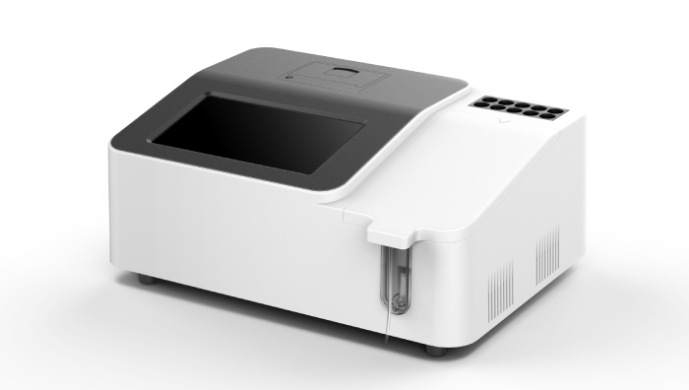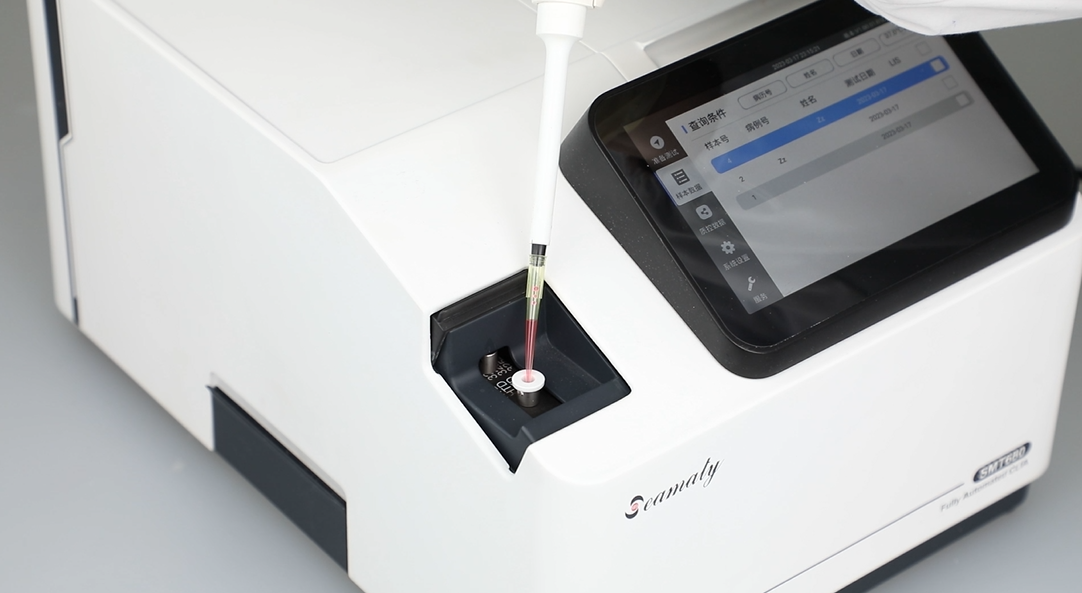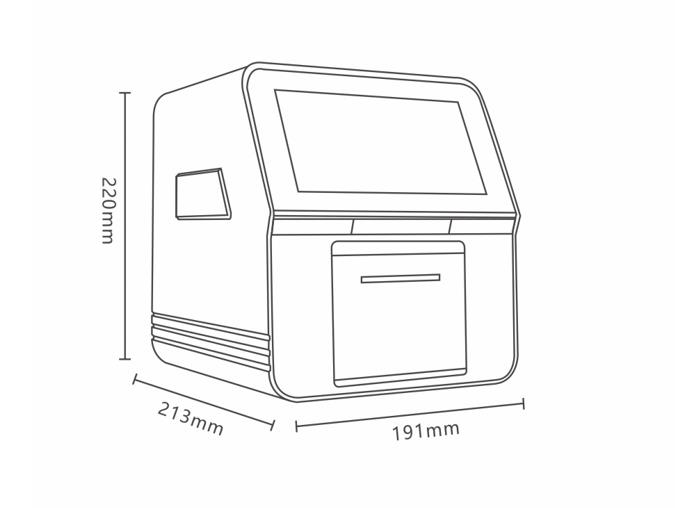release time:2022-08-02 10:53:44
Paramount importance is given to the field of biomolecules in animal biochemistry study. These molecules are subdivided into four different classes, which are explained as follows:
• Lipid
Glycerol molecules bond together and form lipids. The triglyceride composition comprises three fatty acid molecules with one glycerol molecule. These lipids are also used in different drugs as a parenteral infusion. In some drugs, they are drug carriers where liposome is in action.
• Protein
The other building blocks are carboxyl and the side-chain R group. The carboxyl group with amino acids and side-chain R create what we call protein.
• Nucleic acid
Nucleic acid is the base of DNA Deoxyribonucleic acid. The entire organism uses DNA to store genetic information. This branch of animal biochemistry allows researchers to explore genetic information to develop robust medicines and therapies to cure chronic diseases and issues.
• Carbohydrate
Carbohydrates are the most abundantly found biomolecules in the universe. They come from fructose, deoxyribose, and the most common one, glucose.
This branch of animal biochemistry deal with the following:
• Glutamate and Aspartate Biosynthesis
α-keto acid is the main molecule that performs a simple transamination reaction and gives Glutamate and aspartate. The ornithine precursor for the urea cycle is aspartate, which plays a vital role in this cycle. According to researchers, aspartate is derived from asparagine.
• Alanine Biosynthesis
Alanine is mainly made from animal tissues in muscles. The alanine transmission is a two-way process where the glucose travels from the liver to cells, and the alanine moves from pyruvic to the liver.
The carbon structures are reversed when the liver accumulates enough alanine, and the liver eliminates the nitrogen.
• Tyrosine Biosynthesis
Phenylalanine hydroxylation inside the cells of animals produces tyrosine. It is vital to produce neurotransmitters and other brain chemicals that keep the organism alive.
The use of phenylalanine with oxygen is 50% of this process. If the organism eats a diet rich in tyrosine, the phenylalanine need will be lower to 40 to 60%.
• Ornithine and Proline Biosynthesis
For omnivores or herbivores, the diet is different. The glutamate transamination is essential for Ornithine production.
Metabolic Pathways of Amino Acids
There are four stages of this pathway that consist of:

2022-09-22
Since the COVID-19 pandemic, research institutes have found that many hospitals have started using hematology analyzers to test and monitor COVID-19 patients. In response to the large population for effective COVID-19 screening, some regions are performing laboratory tests including white blood cells (WBC) and C-reactive protein (CRP) for early monitoring of the infection.

2022-01-26
The performance indicators in the industry standard for fully automated chemiluminescence immunoassay analyzers mainly include accuracy and fluctuation of temperature control in the reaction zone, analyzer stability, intra-batch measurement repeatability, linear correlation, carryover contamination rate, etc.

2021-08-12
The SMT-120 uses a real-time quality control management system, allowing doctors to have more accurate test data. The SMT-120 analyzer can be operated without the need for a centrifuge, manual addition of diluent, or a medical specialist.